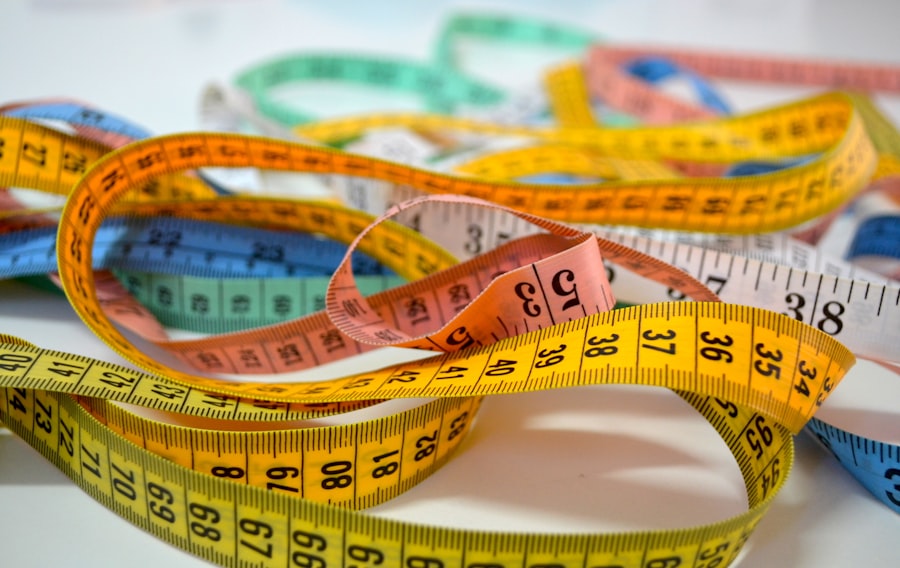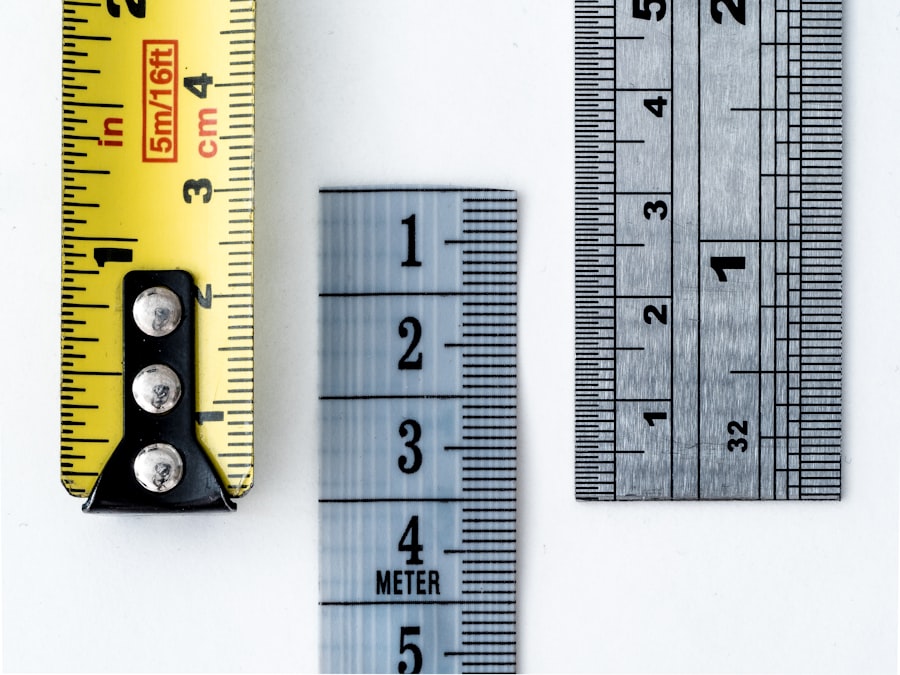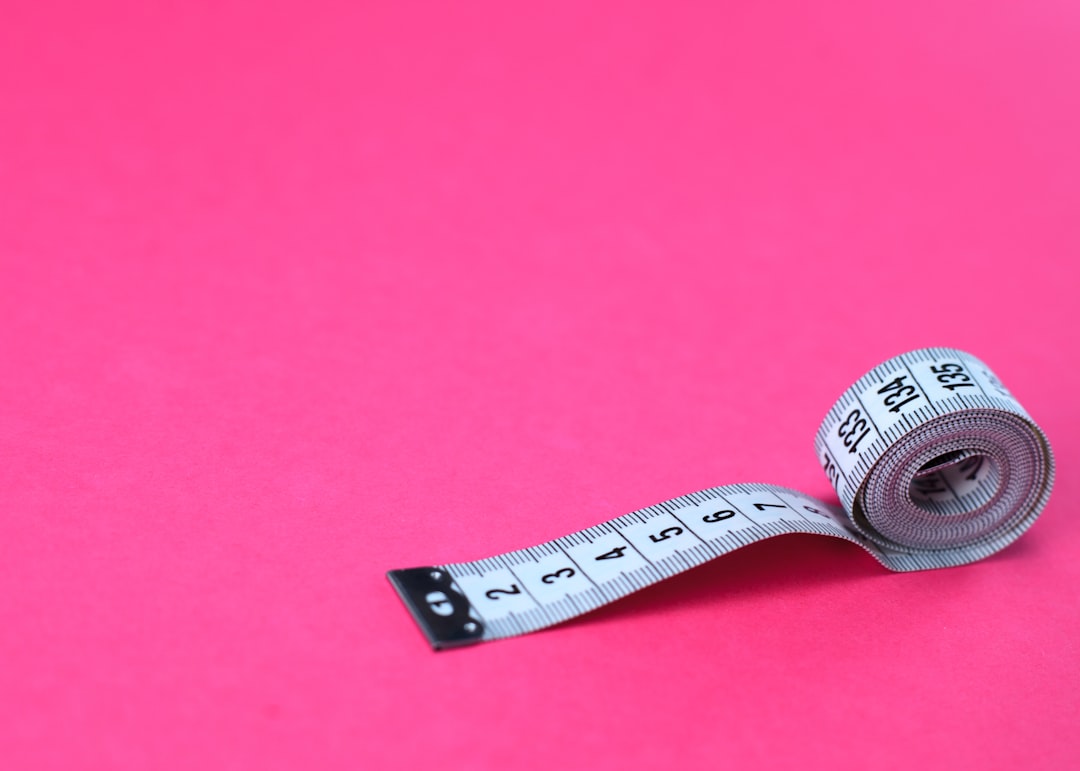Soil and mulch are fundamental components of any garden or landscape, serving essential roles in plant health and growth. Soil provides the necessary nutrients, water retention, and anchorage for plants, while mulch offers a protective layer that conserves moisture, suppresses weeds, and regulates soil temperature. Understanding how to effectively cover garden beds with soil and mulch is crucial for creating a thriving environment for plants.
The right coverage not only enhances the aesthetic appeal of the garden but also promotes healthy root development and minimizes maintenance efforts. When considering soil and mulch coverage, it is important to recognize the different types of soil and mulch available. Soil can vary widely in texture, composition, and nutrient content, ranging from sandy soils that drain quickly to clay soils that retain moisture.
Similarly, mulch can be organic, such as wood chips or straw, or inorganic, like gravel or rubber. Each type has its own benefits and drawbacks, influencing how they interact with the soil beneath them. Understanding these differences is key to making informed decisions about the materials used in your garden.
Key Takeaways
- Understanding soil and mulch coverage is essential for maintaining a healthy garden and landscape.
- Calculating garden bed area is the first step in determining the amount of soil and mulch needed for a project.
- Determining soil depth is crucial for ensuring proper plant growth and root development.
- Calculating soil coverage involves multiplying the garden bed area by the desired depth of soil.
- Estimating mulch coverage requires a similar calculation based on the garden bed area and desired mulch depth.
Calculating Garden Bed Area
To effectively cover a garden bed with soil and mulch, the first step is to accurately calculate its area. This involves measuring the length and width of the bed. For rectangular or square beds, the area can be easily determined by multiplying the length by the width.
For example, if a garden bed measures 4 feet in length and 3 feet in width, the area would be 12 square feet (4 ft x 3 ft = 12 sq ft). However, many gardens feature irregular shapes that require more complex calculations. For circular beds, the area can be calculated using the formula A = πr², where A is the area and r is the radius.
If a circular bed has a diameter of 6 feet, the radius would be 3 feet (half of the diameter). Plugging this into the formula gives an area of approximately 28.27 square feet (π x 3²). For more complex shapes, such as L-shaped beds, it may be necessary to break the area into smaller rectangles or triangles, calculate each area separately, and then sum them to find the total area.
Determining Soil Depth

Once the garden bed area has been established, the next step is to determine the desired depth of soil coverage. The depth of soil can significantly impact plant growth; deeper soil allows for better root development and access to nutrients. Generally, a depth of 6 to 12 inches is recommended for most garden beds, depending on the types of plants being grown.
For instance, root vegetables like carrots or potatoes may require deeper soil to accommodate their growth. To determine how much soil is needed based on depth, one must multiply the area of the garden bed by the desired depth in feet. For example, if a garden bed has an area of 12 square feet and you want a depth of 6 inches (0.5 feet), you would calculate the volume of soil needed as follows: 12 sq ft x 0.5 ft = 6 cubic feet of soil.
This calculation provides a clear understanding of how much soil will be required to achieve optimal growing conditions.
Calculating Soil Coverage
Calculating soil coverage involves understanding both the volume of soil needed and how it translates into weight or quantity when purchasing from a supplier. Soil is typically sold by volume (cubic yards or cubic feet), so converting your cubic feet calculation into cubic yards may be necessary for larger projects. To convert cubic feet to cubic yards, divide the total cubic feet by 27 (since there are 27 cubic feet in one cubic yard).
Continuing with our previous example of needing 6 cubic feet of soil, this would equate to approximately 0.22 cubic yards (6 cu ft ÷ 27 = 0.22 cu yd). It’s also important to consider the type of soil being purchased. Different soils have varying densities; for instance, a cubic yard of topsoil weighs around 1,000 to 1,200 pounds, while a cubic yard of compost may weigh closer to 800 pounds due to its lighter texture.
When ordering soil for your garden bed, ensure that you account for these differences in weight and density to avoid underestimating or overestimating your needs.
Estimating Mulch Coverage
Estimating mulch coverage follows a similar process to calculating soil coverage but requires consideration of different factors such as mulch type and desired thickness. Mulch is typically applied in layers ranging from 2 to 4 inches thick, depending on its purpose—thicker layers may be used for weed suppression while thinner layers may suffice for aesthetic purposes. To estimate how much mulch is needed, you first need to determine the area of your garden bed (as calculated previously) and then multiply it by the desired depth in feet.
For example, if you have a garden bed area of 12 square feet and want to apply a layer of mulch that is 3 inches deep (0.25 feet), you would calculate: 12 sq ft x 0.25 ft = 3 cubic feet of mulch required. As with soil calculations, converting this volume into cubic yards is essential for purchasing purposes: 3 cu ft ÷ 27 = approximately 0.11 cubic yards of mulch.
Adjusting for Mulch Settling

One important consideration when estimating mulch coverage is accounting for settling over time. Organic mulches such as wood chips or bark tend to decompose and settle as they break down, which can reduce their effectiveness in weed suppression and moisture retention. It’s advisable to add an extra inch or two to your initial calculations to compensate for this settling effect.
For instance, if you initially calculated that you need 3 cubic feet of mulch for a depth of 3 inches, you might want to increase that amount by an additional inch to ensure adequate coverage after settling occurs.
This adjustment means recalculating based on a total desired depth of 4 inches instead: 12 sq ft x (4/12) ft = 4 cubic feet needed initially, which translates to approximately 0.
15 cubic yards when converted.
Calculating Mulch Coverage for Trees and Shrubs
When applying mulch around trees and shrubs, the approach differs slightly from that used for garden beds due to the circular nature of these plantings. The goal is to create a mulch ring that extends outwards from the base of the tree or shrub to promote healthy growth while preventing competition from weeds. To calculate the amount of mulch needed for trees or shrubs, measure the diameter of the desired mulch ring and use that measurement to find the area.
For example, if you want a mulch ring with a radius of 3 feet around a tree, you would calculate the area using A = πr²: A = π(3)² ≈ 28.27 square feet. If you plan to apply a layer of mulch that is 3 inches deep (0.25 feet), you would then calculate: 28.27 sq ft x 0.25 ft = approximately 7.07 cubic feet of mulch required for that tree ring. Converting this into cubic yards gives about 0.26 cubic yards (7.07 cu ft ÷ 27).
Calculating Mulch Coverage for Paths and Walkways
Paths and walkways can also benefit from mulch coverage, providing both functional and aesthetic advantages in landscaping designs. When calculating mulch coverage for these areas, it’s essential to consider both width and length to determine total area accurately. For instance, if you have a path that is 2 feet wide and runs for 20 feet in length, you would calculate its area as follows: Area = width x length = 2 ft x 20 ft = 40 square feet.
If you desire a layer of mulch that is approximately 2 inches deep (0.17 feet), you would then calculate: Area x depth = 40 sq ft x 0.17 ft = approximately 6.8 cubic feet of mulch required for this path. Converting this volume into cubic yards results in about 0.25 cubic yards (6.8 cu ft ÷ 27). This calculation ensures that your paths are not only visually appealing but also functional in terms of weed suppression and moisture retention.
Determining Coverage for Raised Beds
Raised beds present unique challenges when calculating soil and mulch coverage due to their elevated structure and often defined dimensions. The first step is measuring the length and width of the raised bed as well as its height or depth—typically ranging from 12 inches to several feet depending on what plants are being grown. For example, if a raised bed measures 4 feet long by 2 feet wide with a height of 1 foot, its area remains at 8 square feet (4 ft x 2 ft), but its volume will be calculated based on height.
To find out how much soil is needed for this raised bed at a depth of one foot: Area x height = Volume = 8 sq ft x 1 ft = 8 cubic feet required for filling it with soil. When purchasing soil for raised beds, it’s crucial to consider factors such as drainage; using a mix that includes compost can enhance nutrient availability while improving aeration.
Adjusting for Sloped Areas
Gardening on sloped areas introduces additional complexities when calculating soil and mulch coverage due to variations in elevation and potential erosion issues. In such cases, it’s essential first to assess the slope’s angle and extent before determining how much material will be needed for effective coverage. For sloped areas, it may be beneficial to create terraced beds or use retaining walls to manage water runoff effectively.
When calculating coverage on slopes, consider measuring both horizontal distance (the run) and vertical distance (the rise) to determine total area accurately using trigonometric principles if necessary. For example, if you have a slope that rises at an angle over a distance of 10 feet horizontally while rising vertically by about 2 feet, you can use these measurements to find out how much area will need coverage based on your desired depth.
Tips for Purchasing the Right Amount of Soil and Mulch
When purchasing soil and mulch for your gardening needs, it’s essential to plan ahead carefully to avoid overbuying or underestimating your requirements. One effective strategy is to create a detailed list based on your calculations before visiting suppliers; this ensures that you have accurate figures at hand when discussing options with vendors. Additionally, consider purchasing slightly more than calculated amounts—especially with organic materials like mulch—due to settling over time or variations in material density from different suppliers.
It’s also wise to inquire about delivery options if ordering large quantities; many suppliers offer bulk discounts or delivery services that can save time and effort during your gardening project. Lastly, always check local regulations regarding sourcing materials; some areas have restrictions on certain types of mulch or soil amendments due to environmental concerns or pest management practices. By being informed about these factors ahead of time, you can make more sustainable choices while ensuring your garden thrives beautifully throughout its growing season.
If you’re looking to boost your vegetable garden’s productivity, you may want to consider using liquid organic fertilizer. This article from Chiku’s Garden provides a step-by-step guide on how to make your own liquid organic fertilizer to nourish your plants and promote healthy growth. By incorporating this fertilizer into your gardening routine, you can ensure that your vegetables receive the nutrients they need to thrive. Check out the article here for more information on how to enhance your garden’s health and yield.
FAQs
What is garden soil and mulch coverage?
Garden soil and mulch coverage refers to the amount of soil or mulch needed to cover a specific area in a garden or landscape. It is important to calculate the coverage to ensure that you purchase the right amount of soil or mulch for your project.
Why is it important to calculate garden soil and mulch coverage?
Calculating garden soil and mulch coverage is important to avoid over or underestimating the amount of material needed for a project. This helps in saving time, money, and resources.
How do you calculate garden soil and mulch coverage?
To calculate garden soil and mulch coverage, you need to measure the length and width of the area to be covered and then determine the desired depth of soil or mulch. Once you have these measurements, you can use a simple formula to calculate the coverage area.
What is the formula for calculating garden soil and mulch coverage?
The formula for calculating garden soil and mulch coverage is:
Coverage area = Length (in feet) x Width (in feet) x Depth (in feet)
What units are used to measure garden soil and mulch coverage?
Garden soil and mulch coverage is typically measured in cubic feet or cubic yards. It is important to use the same units for all measurements when calculating coverage.
Are there any online tools or calculators available for calculating garden soil and mulch coverage?
Yes, there are several online tools and calculators available that can help you easily calculate garden soil and mulch coverage. These tools allow you to input the measurements and quickly determine the amount of soil or mulch needed for your project.

